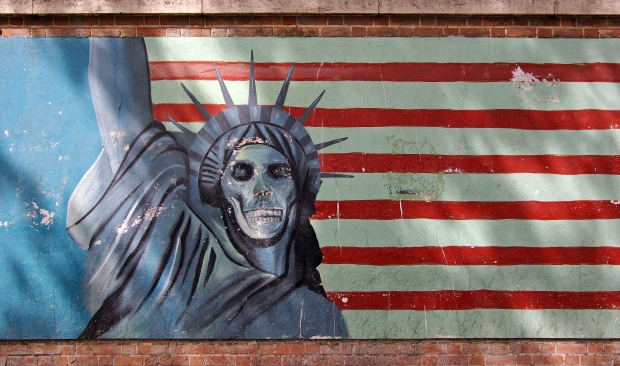
It has been difficult to form a concise definition of terrorism due to the emotions and political weight carried by the term. But since September 11th, 2001, the term has been used more frequently than before, both inside and outside political science, though sometimes perhaps incorrectly. Lumping tactics, attackers and fear together to define terrorism has been a disservice to the field of political science (Tilly 2004).
It is precisely this which causes bias in the literature and in society when assessing terrorism. Defining terrorism as a tactic reveals that it can and often is practiced by states and insurgents equally.
The more descriptive features, its psychological effect, organizational structure and ideological motive are not as distinct because other military tactics are arguably similar in this regard. The most distinct feature appears to be thetarget of terrorism. That civilian, or non-military (often political figures) populations are targeted, and not military units, is what makes this distinct in nature (Kydd & Walter 2006). This challenges the common perception of terrorism as a new phenomenon as well as one that is practiced only by random and scattered networks with unachievable objectives (Chaliand & Blin 2007). Furthermore, it allows analysts to place terror incidents within the contexts of international politics, instead of isolating them. More recently, the literature has focused heavily on the connection between Islamic radicalism and terrorism, but this ignores the vast instances of terrorism conducted by non-state actors as well as attacks motivated by irreligious purposes, in history and today.
States themselves against their own people or foreign civilians. Focusing on Islamic radicalism ignores the white supremacist network of terrorism, the nationalist spectrum of terrorism, and so forth. It also ignores the countless times in history that the Islamic World has suffered from the specter of terrorism. It could be argued that the US bomb on Japan in 1945 was a form of state terrorism, or that Israel’s disproportionate attack on Gaza in 2014 was a form of state terrorism. Furthermore, early attacks on Palestinians by Jewish militias were forms of terror, such as the Deir Yassin Massacre. This bias normalizes the perspective that Islam is inherently barbaric; and furthermore distracts from the more significant variables that cause violence in the Islamic world; foreign interventionism – which often manifests as state terror.
References:
Andrew Kydd and Barbara F. Walter, “The Strategies of Terrorism,” International Security, Summer 2006.
Charles Tilly. Terror, Terrorism, Terrorists. Sociological Theory, 2004. 22(1), 5-13.
Gerrard Chaliand & Arnaud Blin. The History of Terrorism: From Antiquity to al Qaeda. University of California Press. 2007.